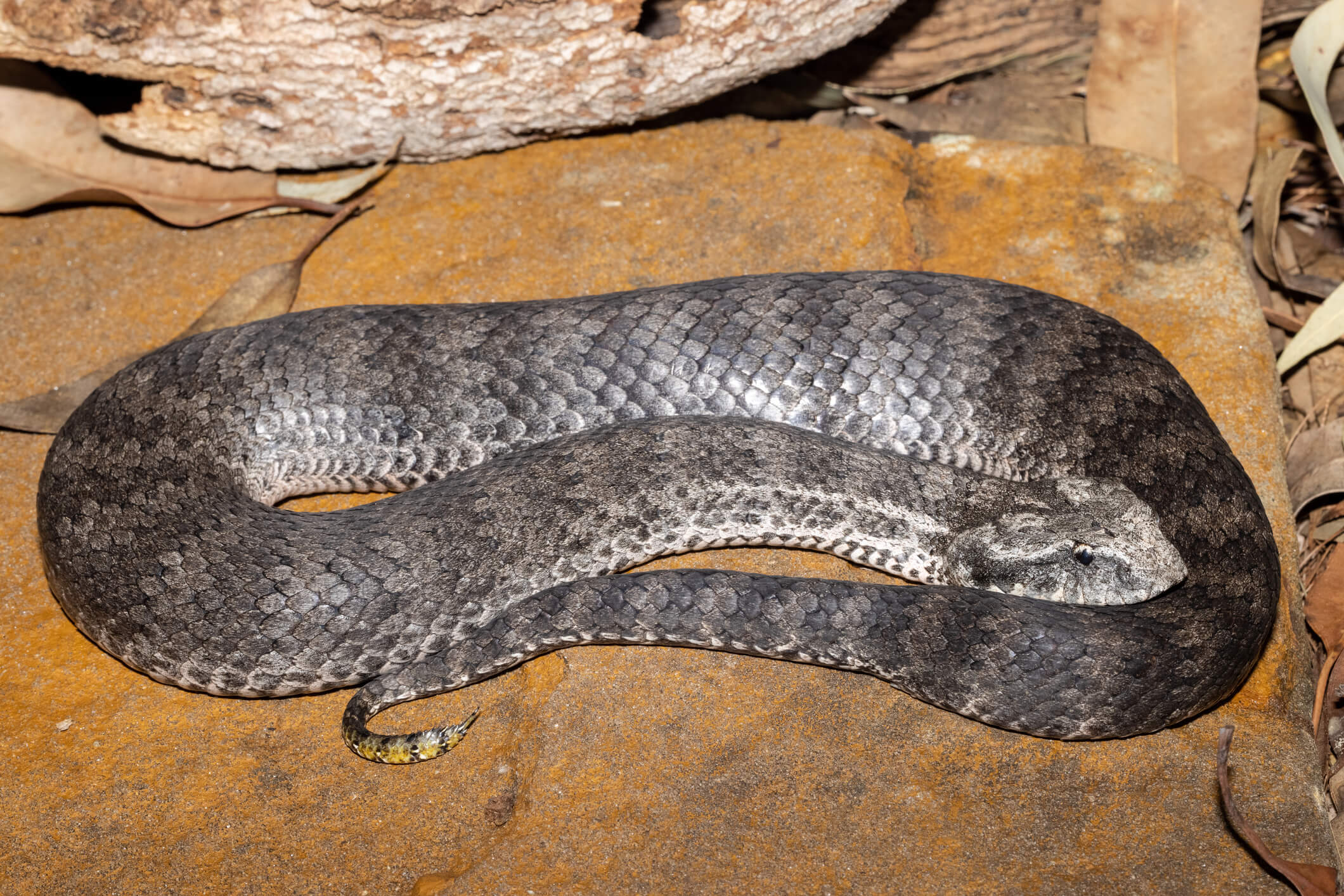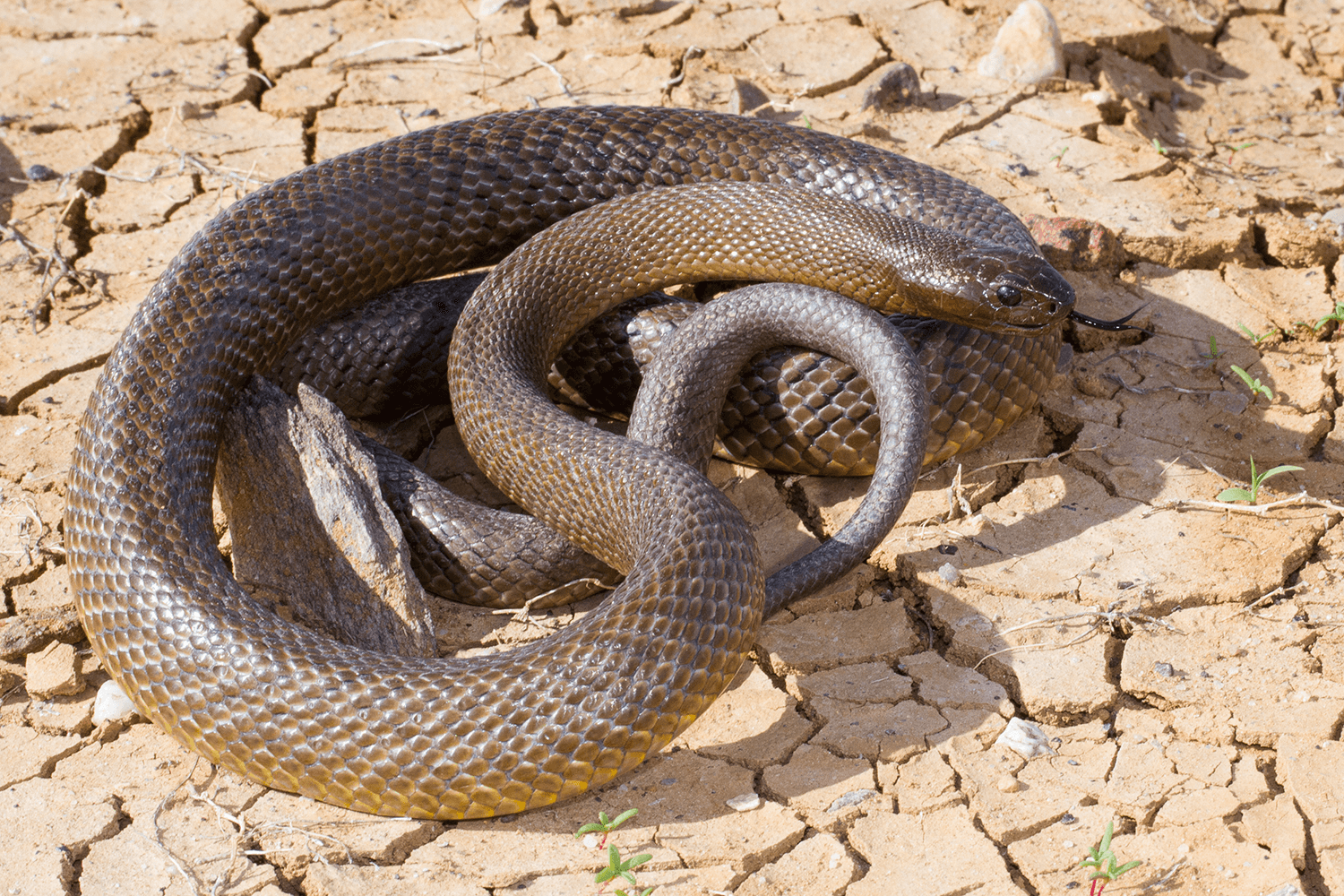Introduction
Australia is renowned for its rich biodiversity, particularly when it pertains to reptiles. Among these interesting creatures, the Eastern Tiger Serpent ( Notechis scutatus) stands out due to its striking appearance and potent venom. Discovered predominantly in southeastern Australia, this species has actually fascinated both herpetologists and casual viewers alike. In this detailed guide, we will certainly delve into the qualities of the copperhead snakes Eastern Tiger Snake, explore their habitat, behavior, and diet, and share essential safety tips for any individual who may experience them.
As we traverse through the subtleties of the Eastern Tiger Serpent's life, we'll additionally review crucial subjects such as serpent bite emergency treatment and prevention techniques. With serpent bites being a significant worry in Australia, furnishing yourself with expertise can imply the difference between safety and danger. Twist up as we start this informing journey.
Exploring the Eastern Tiger Serpent: Qualities and Safety Tips
1. Review of the Eastern Tiger Snake
The Eastern Tiger Snake is an extremely venomous serpent that belongs to the Elapidae family members. Characterized by its distinctive banding pattern that looks like a tiger's stripes, this varieties showcases a series of shades from olive-green to black or perhaps brown hues.
1.1 Physical Characteristics
Tiger serpents are medium to large-sized snakes that commonly reach lengths of 1.2 to 2 meters (4 to 6.5 feet). Their robust bodies are matched by a flattened head that makes them conveniently recognizable among other snakes.
1.2 Poison Composition
The poison of an Eastern Tiger Serpent is primarily neurotoxic. This indicates it can affect the nerve system and bring about paralysis if left untreated. The good news is, antivenom is readily available in Australia for those unfavorable enough to be bitten.
2. Habitat of the Eastern Tiger Snake
Understanding where these serpents thrive can aid in preventing experiences and appreciating their function in the ecosystem.
2.1 All-natural Habitat
Eastern Tiger Snakes choose seaside regions, marsh areas, and grasslands. They are commonly discovered near freshwater resources like swamps and rivers.
2.2 Geographical Distribution
This varieties is primarily situated in southeastern Australia, consisting of parts of Tasmania where they are frequently referred to as Tasmanian tiger snakes.
3. Habits Patterns
3.1 Diurnal vs Nocturnal Activity
While some tiger snakes might exhibit nighttime actions during warmer months, they are mostly diurnal animals that search during daylight hours.
3.2 Defensive Mechanisms
When threatened, tiger serpents might show hostile habits by coiling back or hissing loudly prior to striking if prompted further.

4. Diet of the Eastern Tiger Snake
Tiger serpents have a varied diet mostly consisting of little animals, birds, amphibians, and other reptiles.
4.1 Searching Techniques
They use ambush tactics paired with rapid strikes to capture unsuspecting victim-- an impressive task provided their size!
5. Are Tiger Snakes Venomous? Comprehending Their Threat Level
Yes! The eastern tiger serpent is indeed venomous; nevertheless, not all bites cause envenomation (the injection of poison). Awareness concerning their risk degree is important for anyone who frequents their habitat.
6. First Aid for Serpent Bites: A Vital Skillset
If a person is bitten by a tiger snake or any other types:
- Remain calmness; panic aggravates symptoms. Call emergency services immediately. Apply a pressure bandage over the bite site.
Knowing exactly how to respond promptly can conserve lives!
7. Common Myths Regarding Tiger Snakes Debunked
Misunderstandings about tiger snakes abound-- let's address some usual myths:
- Myth: All snakes are aggressive. Fact: Numerous serpent varieties favor evasion over confrontation. Myth: A completely dry bite means no danger. Fact: Always seek medical attention no matter symptoms!
8. Security Safety Measures When Experiencing Snakes
Awareness is your finest protection against undesirable encounters with tiger serpents:

- Stay vigilant while hiking or going through known habitats. Avoid high grass where exposure might be limited. Wear proper footwear when checking out all-natural areas.
9. What To Do If You Experience an Eastern Tiger Snake?
Stay calmness! Gradually pull back without making unexpected activities-- it's essential not to prompt the pet further.
10. Baby Tiger Snakes: The Kids' Journey
Juvenile tigers usually display various coloration than grownups however preserve comparable patterns that offer camouflage versus killers and environmental threats.
10.1 Developing Stages
These child snakes arise after regarding two months' gestation from eggs laid by females-- an interesting change into independence!
11. The Role of Conservation in Protecting Serpent Species
With metropolitan growth encroaching upon all-natural environments, conservation initiatives are crucial for maintaining healthy and balanced populations of eastern tiger snakes-- and all wildlife!
Frequently Asked Questions
FAQ 1: Are all tiger snakes deadly?
While eastern tiger serpents possess powerful poison with the ability of triggering extreme damage or fatality if untreated, not every experience causes a bite or envenomation.
FAQ 2: Exactly how can I determine an eastern tiger snake?
Look for special stripe patterns incorporated with pigmentation varying from olive-green to black; they also have level heads characteristic of elapids!
FAQ 3: What must I consist of in my serpent bite emergency treatment kit?
Essential products consist of stress bandages, clean and sterile gauze pads for injury care, disinfectant wipes/solutions like alcohol swabs in addition to emergency get in touch with numbers!
FAQ 4: How typically do tiger serpents breed?
Typically reproducing takes place throughout springtime when temperatures increase-- ladies may lay in between 20-30 eggs per clutch relying on ecological conditions!
FAQ 5: What makes Tasmania's tiger snake unique?
Tasmanian tigers have a tendency toward bigger dimensions contrasted to mainland counterparts; their color variants range widely throughout different geographical areas too!
FAQ 6: Can you securely transfer a serpent discovered on your property?
It's recommended not to try self-relocation as improper handling may prompt them-- call neighborhood wildlife authorities rather for assistance!
Conclusion
In summary, checking out the eastern tiger snake exposes much regarding among Australia's a lot of captivating reptiles-- from its striking eastern small-eyed snake physical functions down to its necessary duty within communities together with common safety considerations pertaining to prospective experiences with humans! Awareness about this varieties promotes regard while ensuring secure experiences must one cross courses with these magnificent creatures out in nature-- due to the fact that understanding absolutely empowers us all!